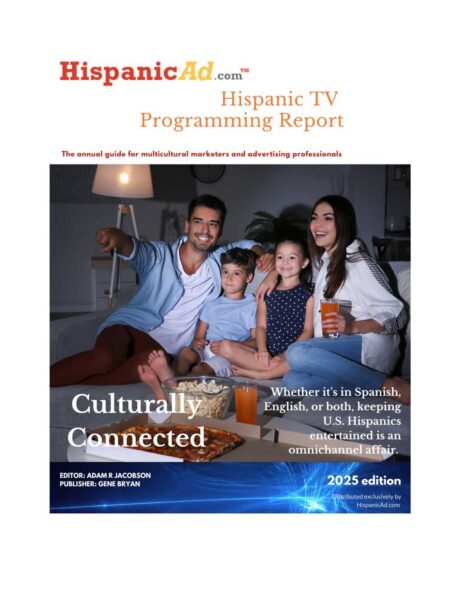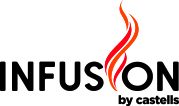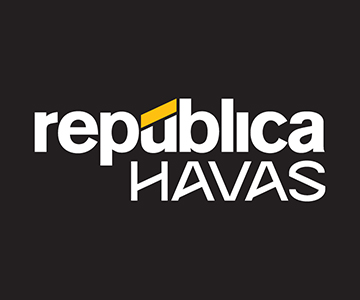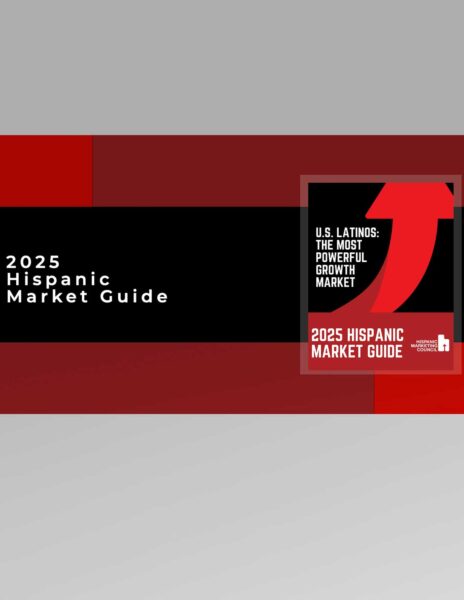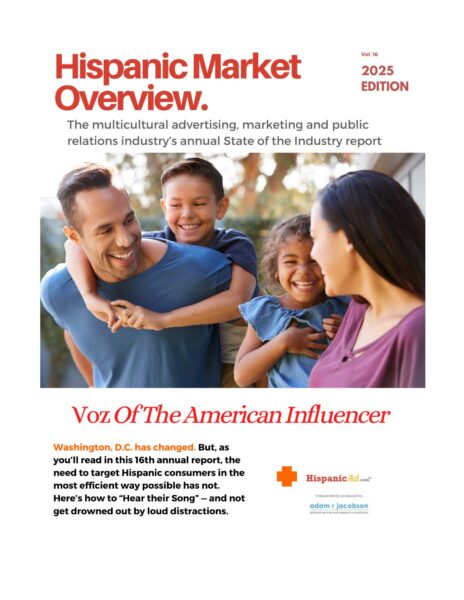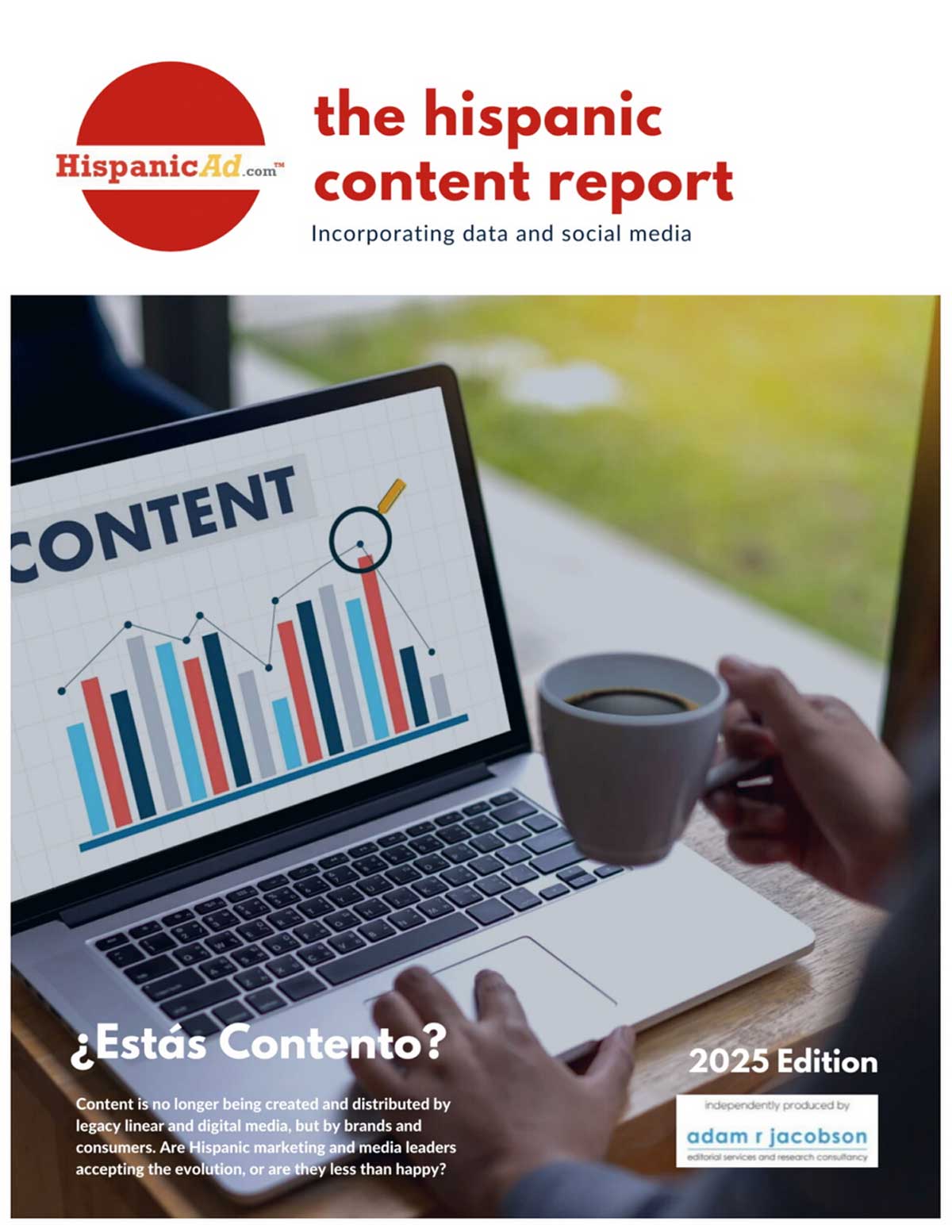The Battle of the Brands Behind the ’18 Russia World Cup
 The FIFA World Cup, as you probably already know, is the ultimate sports competition in the world, showcasing premier level soccer stars playing with their national teams. This tournament takes place every four years, but what you might not know is that there’s another battle that happens behind the scenes: it’s a competition between brands to outfit and sponsor each national team. By Vicente Navarro, partner and vice president of business development at AC&M Group
The FIFA World Cup, as you probably already know, is the ultimate sports competition in the world, showcasing premier level soccer stars playing with their national teams. This tournament takes place every four years, but what you might not know is that there’s another battle that happens behind the scenes: it’s a competition between brands to outfit and sponsor each national team. By Vicente Navarro, partner and vice president of business development at AC&M Group


 It’s that time of the year when CMOs look back at 2017 results, analyze important KPIs and assess their industry as a whole, and project 2018’s performance. Based on my personal survey with clients and prospects, most predict a 2018 with challenges, with any gains from a potential higher GDP growth being eaten by the need to keep prices competitive to fight private label, channel disruption, and a more-than-ever empowered consumer ready to make the switch to competitive brands. By Isaac Mizrahi – Co President, Chief Operating Officer / ALMA
It’s that time of the year when CMOs look back at 2017 results, analyze important KPIs and assess their industry as a whole, and project 2018’s performance. Based on my personal survey with clients and prospects, most predict a 2018 with challenges, with any gains from a potential higher GDP growth being eaten by the need to keep prices competitive to fight private label, channel disruption, and a more-than-ever empowered consumer ready to make the switch to competitive brands. By Isaac Mizrahi – Co President, Chief Operating Officer / ALMA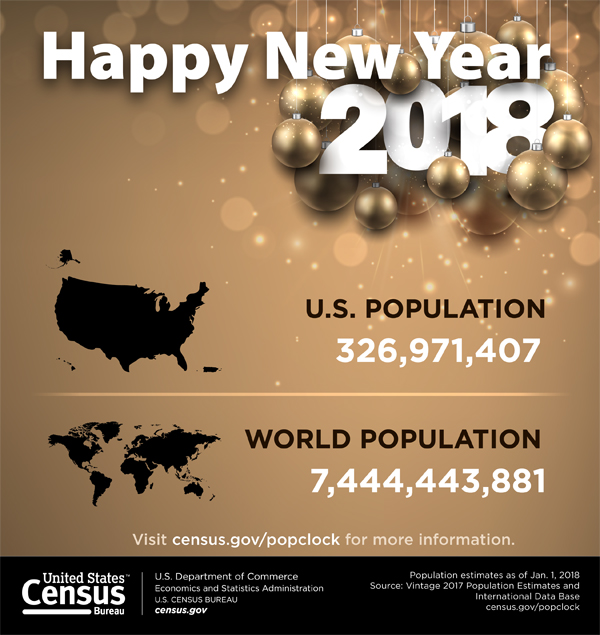
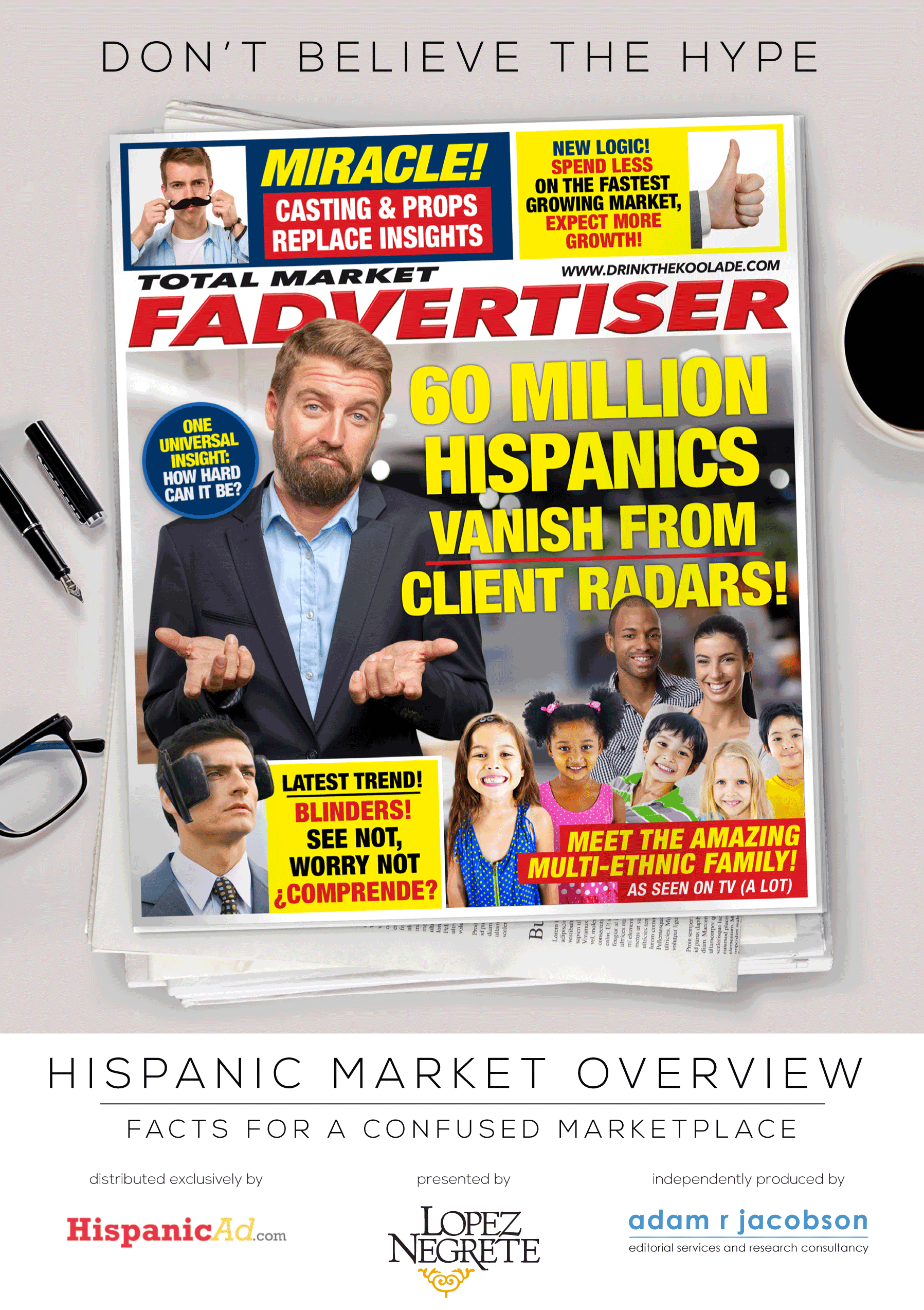
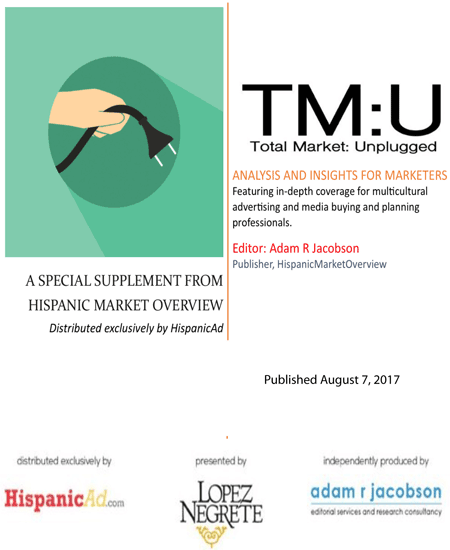 HispanicAd.com in association with Adam R Jacobson are proud to announce the availability of the 2017 Total Market: Unplugged
HispanicAd.com in association with Adam R Jacobson are proud to announce the availability of the 2017 Total Market: Unplugged A new ANA survey revealed that more than a third of respondents (35 percent) have expanded their in-house programmatic media buying capabilities, and have subsequently reduced the role of external agencies that previously performed the same function.
A new ANA survey revealed that more than a third of respondents (35 percent) have expanded their in-house programmatic media buying capabilities, and have subsequently reduced the role of external agencies that previously performed the same function. The Telemundo Station Group and ZGS Communications, Inc. (ZGS) announced they have entered into agreements that, once the necessary Federal Communications Commission (FCC) and other governmental approvals are obtained, will result in the Telemundo Station Group acquiring the 13 television stations, serving 10 markets, currently owned by ZGS.
The Telemundo Station Group and ZGS Communications, Inc. (ZGS) announced they have entered into agreements that, once the necessary Federal Communications Commission (FCC) and other governmental approvals are obtained, will result in the Telemundo Station Group acquiring the 13 television stations, serving 10 markets, currently owned by ZGS.  I have already written about this before, and I think this is probably one of the biggest misconceived concepts marketers have in this country. One that keeps fueling the “one size fits all” Total Market approach. By assessing their choice for headline, even the Pew Research team show a little bias towards the chart on your right side (Share of Latinos who Speak Spanish) instead of focusing on the chart on the left (Absolute number of Latinos who speak Spanish). By Isaac Mizrahi – Co President, Chief Operating Officer at Alma
I have already written about this before, and I think this is probably one of the biggest misconceived concepts marketers have in this country. One that keeps fueling the “one size fits all” Total Market approach. By assessing their choice for headline, even the Pew Research team show a little bias towards the chart on your right side (Share of Latinos who Speak Spanish) instead of focusing on the chart on the left (Absolute number of Latinos who speak Spanish). By Isaac Mizrahi – Co President, Chief Operating Officer at Alma Picture this, you’re a senior marketing executive and your Hispanic ad agency has just presented a creative idea for your next campaign. You like the direction but suddenly you ask the question: “Have you seen what our General Market agency presented? Why wouldn’t that work for Hispanic? What’s not Hispanic about it?” Pressured to find synergies and budget efficiencies year over year, the temptation to adopt a “one size fits all” approach that may not only save production and agency fees, but could also save valuable time by reducing the number of meetings is a reality facing many marketers in America. By Isaac Mizrahi – Co President, Chief Operating Officer of ALMA
Picture this, you’re a senior marketing executive and your Hispanic ad agency has just presented a creative idea for your next campaign. You like the direction but suddenly you ask the question: “Have you seen what our General Market agency presented? Why wouldn’t that work for Hispanic? What’s not Hispanic about it?” Pressured to find synergies and budget efficiencies year over year, the temptation to adopt a “one size fits all” approach that may not only save production and agency fees, but could also save valuable time by reducing the number of meetings is a reality facing many marketers in America. By Isaac Mizrahi – Co President, Chief Operating Officer of ALMA The Circulo Creativo announced the winners of their 2017 USH Ideas Awards competition. Coral Gables based ALMA walk away with the largest cache of awards in multiple categories, along with Anomaly, LatinWorks, We Believers, WING and other shops.
The Circulo Creativo announced the winners of their 2017 USH Ideas Awards competition. Coral Gables based ALMA walk away with the largest cache of awards in multiple categories, along with Anomaly, LatinWorks, We Believers, WING and other shops. The Hispanic Public Relations Association (HPRA) reveals the winners of the 2017 National ¡Bravo! Awards held at the Lotte New York Palace Hotel in New York City.
The Hispanic Public Relations Association (HPRA) reveals the winners of the 2017 National ¡Bravo! Awards held at the Lotte New York Palace Hotel in New York City. The failure of the U.S. Men’s National Team (USMNT) to qualify for the 2018 FIFA World Cup finals is without question a tremendous setback for U.S. soccer. Millions of disappointed U.S. soccer fans are scratching their heads wondering who is to blame for this catastrophe. By Jaime Cardenas – CEO, AC&M Group
The failure of the U.S. Men’s National Team (USMNT) to qualify for the 2018 FIFA World Cup finals is without question a tremendous setback for U.S. soccer. Millions of disappointed U.S. soccer fans are scratching their heads wondering who is to blame for this catastrophe. By Jaime Cardenas – CEO, AC&M Group








